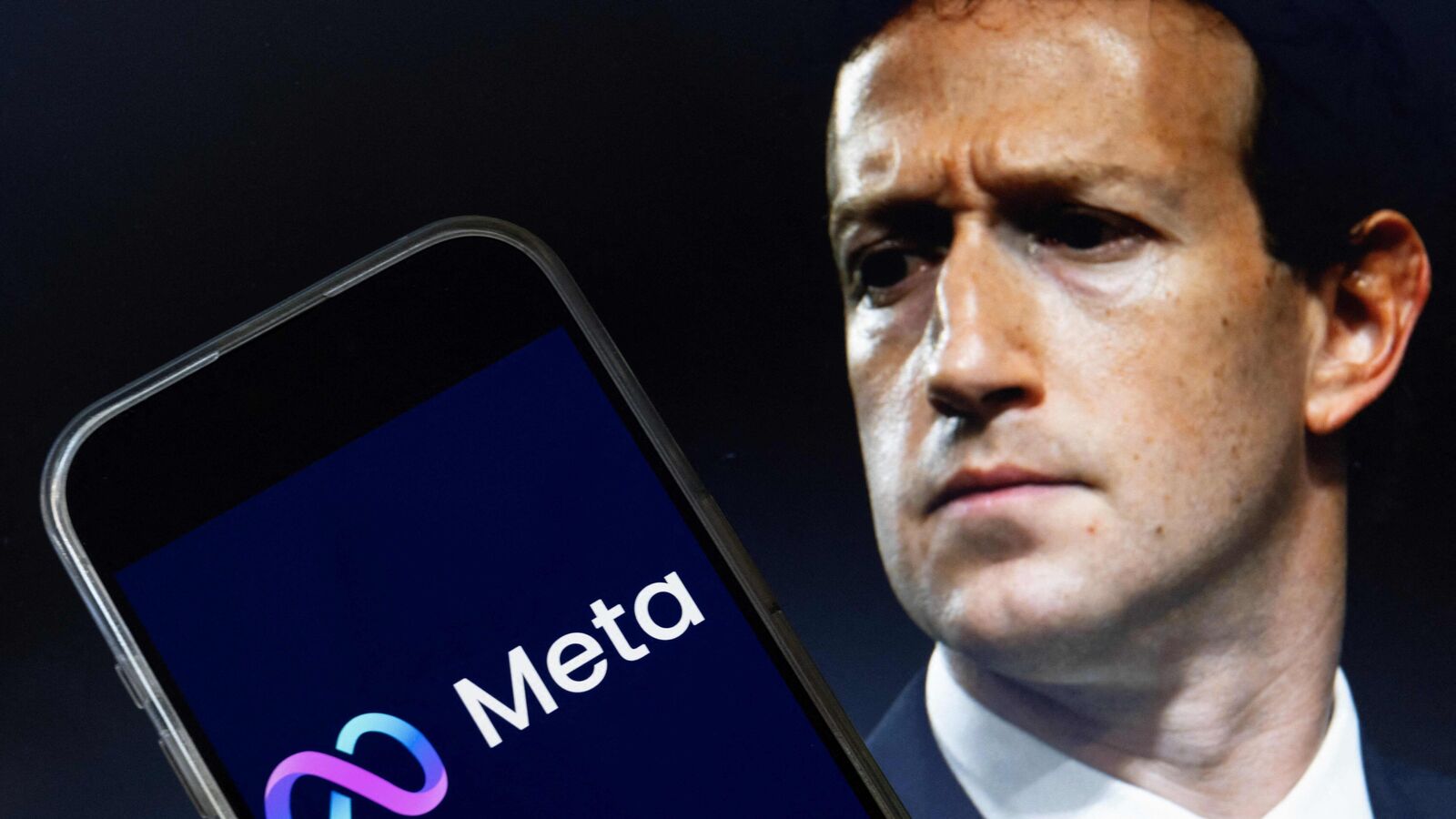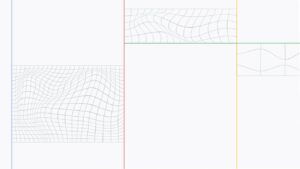Meta Introduces Llama 4 Models to Compete with ChatGPT and Gemini: Features, Usage, and More

Introduction to Meta’s Llama 4 Models
Meta, the company co-founded by Mark Zuckerberg, has introduced its latest AI language models in the Llama 4 series. These new models will enhance the capabilities of the chatbot that shares the same name and will be integrated into popular platforms such as WhatsApp and Instagram. The launch includes two new models: Llama 4 Scout and Llama 4 Maverick, both available for download from the Meta website and Hugging Face.
Overview of New Models
Llama 4 Maverick
Llama 4 Maverick boasts an impressive 17 billion active parameters and features a special setup of 128 experts. According to Meta, this model is designed to be a “product workhorse,” making it well-suited for general assistance and chat functionalities. It excels in areas such as precise image recognition and creative writing tasks, providing users with a seamless interaction experience.
Llama 4 Scout
Similar to Maverick, Llama 4 Scout also features 17 billion active parameters, but it is equipped with 16 experts and a total of 109 billion parameters. This smaller model is particularly effective at tasks like summarizing documents and reasoning over codebases. Scout comes with a considerable context window of 10 million, enabling it to deliver superior results when compared to previous models like Gemma 3, Gemini 2.0 Flash Lite, and Mistral 3.1.
Unique Features of Llama 4 Models
Multimodal Capabilities:
- Meta has developed these models to be natively multimodal, meaning they can process and respond to both text and visual data simultaneously. This will allow users to interact with the models in more dynamic ways.
Innovative Training Techniques:
- The Llama 4 series draws inspiration from techniques employed by the Chinese AI startup DeepSeek. They utilize a method known as mixture of experts, which allows distinct parts of the model to specialize in various tasks, enhancing performance and efficiency.
- Next-Level Learning:
- These models have been pre-trained on a diverse range of data, including vast amounts of unlabeled text, images, and video information. This broad training base supports their advanced understanding and responsiveness.
Limitations and Comparisons
Though Meta’s new models are robust, they do not function as reasoning models like OpenAI’s o3-mini or DeepSeek’s R1. Reasoning models are designed to emulate human-like thinking processes, taking a bit longer to respond but achieving more nuanced answers for complex queries. This distinguishes Llama 4’s functionalities from that of reasoning-focused AI.
How to Access Llama 4 Models
The newly released Llama 4 models are now available for use through Meta AI on various platforms, including WhatsApp, Instagram, and Messenger. The features can also be accessed via Meta AI’s dedicated website, which operates in over 40 countries.
Current Availability
It is worth noting that the advanced multimodal features of these models are currently only available to English-speaking users in the United States. As such, users in other regions may not yet experience specific functionalities, such as Ghibli-style image generation.
As AI continues to transform the technology landscape, Meta’s Llama 4 series represents a significant advancement in providing versatile and efficient tools for everyday users. With improvements in image understanding, creative writing, and functional tasks, these models are poised to enhance digital communication across Meta’s platforms.




